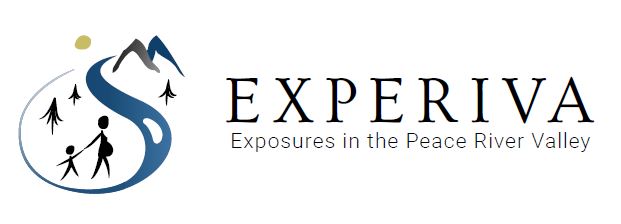EXPERIVA: Exposures in the Peace River Valley
Dr. Élyse Caron-Beaudoin's research project, EXPERIVA: Exposures in the Peace River Valley, explores the health effects associated with hydraulic fracturing. Hydraulic fracturing typically involves the drilling of wells vertically and then horizontally in the natural gas reserve, and the injection of large volume of fracking fluid (water, sand and various chemicals) to fracture the rock formation, freeing the trapped natural gas. Northeastern British Columbia is an area of intensive unconventional natural gas exploitation by hydraulic fracturing, or fracking. The region sits on an important source of natural gas, the Montney Formation. Approximately 30,000 wells have been drilled so far in Northeastern British Columbia. Information on impacts of hydraulic fracturing activity is limited, but recent literature highlighted the risk of environmental contamination. Some chemicals used or associated with hydraulic fracturing may contaminate the soil by accidental spills, leaks, or during disposal of hydraulic fracturing fluids. It is also known that hydraulic fracturing operations can release volatile organic compounds such as benzene, as well as trace elements naturally occurring in the rock formation. Many of these chemicals are known or suspected reproductive and development toxicants, carcinogens, endocrine disruptors and respiratory irritants.
Communities and First Nations in Northeastern British Columbia raised concerns about the health effects associated with this industry. Dr. Caron-Beaudoin and her colleagues developed research projects using diverse methodologies such as exposure assessment and toxicology to provide communities the support needed to address these concerns. Their current study, entitled Exposures In the Peace River Valley (EXPERIVA), uses a multifaceted approach allowing communities living in close proximity to fracking wells to
- obtain information on levels of contaminants in their air, drinking water, and bodies (through urine, hair and nails measurements);
- gain access to public health experts with whom they can discuss their exposure and potential health effects;
- contribute to study design and participate in the dissemination of study results.
You can find more information about EXPERIVA, as well as Élyse Caron-Beaudoin’s other research projects and her laboratory, From Bench to Communities, here: elysecaronbeaudoin.com.

